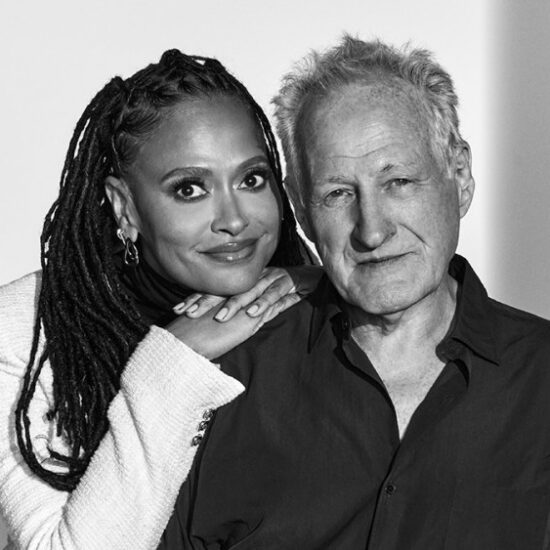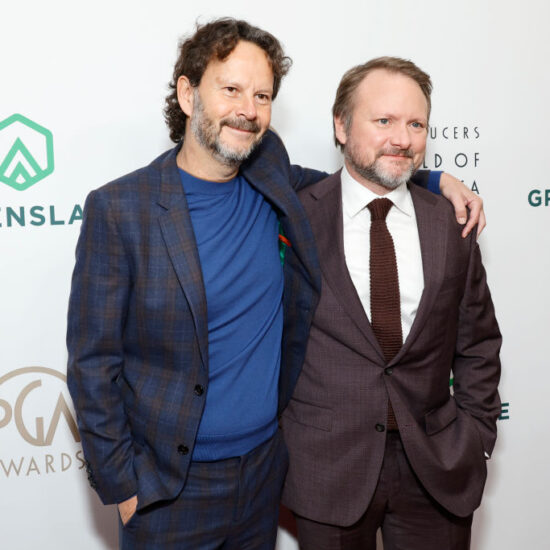
Director Paris Barclay has successfully collaborated with showrunner Ryan Murphy several times in the past, going back to their work together on “Glee.” But when Murphy called about his Netflix project “Monster: The Jeffrey Dahmer Story,” Barclay wasn’t sure he wanted to participate. “He called and said, ‘I don’t know if you’ve heard, I’m doing the Jeffrey Dahmer story,’” Barclay told IndieWire’s Filmmaker Toolkit podcast. “And I said, ‘OK, bye.’”
Barclay didn’t want to work on anything that might humanize Jeffrey Dahmer, but he reconsidered when Murphy explained what he had in mind. “He said, ‘But wait, there’s more.’ And the more was that this particular episode was going to be told as much as possible from the point of view of a victim of Dahmer. And he was a deaf, gay, Black man.”
Barclay took the job, and the result was an Emmy nomination for his direction of Episode 6, “Silenced,” in which the director powerfully used the camera and sound design to express point of view. The episode marks a sharp turn in the series from following Dahmer to following his victims, and the shift in perspective meant that Barclay had to break some of the show’s established cinematic rules — rules which were very specific and presented to Barclay by the series’ first cinematographer, Jason McCormick. The rules included instructions about lenses and composition, avoiding conventional coverage, and keeping the camera still as much as possible, allowing the action to come and go from a fixed frame.
For Barclay, there was one problem. “The script didn’t conform to a story that could be told within the rules of ‘Dahmer,’ because it was a departure,” he said. “It was the beginning of a new chapter in the way the story was going to be told. I took the list and compared it to the story, which really started with a different protagonist. We’re in a different world for 17 minutes, we’re just with Tony. Not all of the rules worked for that, so I had to take some of these rules and figure out a way to work within them so it didn’t seem like it was a wholly new show, but also take it in this new direction.”
Barclay conferred with John T. Connor, the director of photography on “Silenced,” and created a new style to honor the character of Tony, the deaf man who enters a tragic relationship with Dahmer. “Our plan was that the show would start in a new visual language with Tony and that the camera should move,” Barclay said, “because he’s a man on the move. And it’s a brighter world. It should be essentially everything that’s not these particular rules. When he first sees Dahmer, it’s all from Tony’s point of view, and as much as possible we stay in that point of view and we stay away from looking at the world through Dahmer’s eyes, except when he does things that bring back the earlier episodes, like when he’s getting ready to crush some pills. We shot that exactly the way that those scenes have been done in earlier episodes. He’s center punched. He’s in short wide focus.”
As the episode progressed, the series’ style seeps back in until the final scene, when Tony has been killed and the previously established visual language returns in full force. “Tony has been dispatched and is about to be devoured,” Barclay said. “And so now we’re really in that dark yellow fluorescently lit center-punched still camera world that had been defined in the series before. So eventually, in the course of this episode, Dahmer’s style takes over, and the show returns to the world that’s dominated by Dahmer.”
For Barclay, the “Silenced” episode was not only a technical challenge but an emotional and moral one, given the responsibility he felt toward the real-life victims involved. When Barclay first read the script, “I said, ‘This is going to be a lot tougher than I thought. This is going to demand not only emotionally a lot out of me, it’s going to demand a way to figure out how to tell a story that is different from the rest of the series.’ Ryan really meant it to be the pivot point where we start to turn our attention towards the victims and the effect of Dahmer on society, and what the police did and didn’t do. There was a huge responsibility here, not only on the series, but also for every Black gay person and every deaf person who sees this. So it caused a lot of stress when I first read it. And that was because it was so good. If it was not good, I wouldn’t be worried, but because it was so good I felt, ‘I’m gonna have to step up on this one.’”














